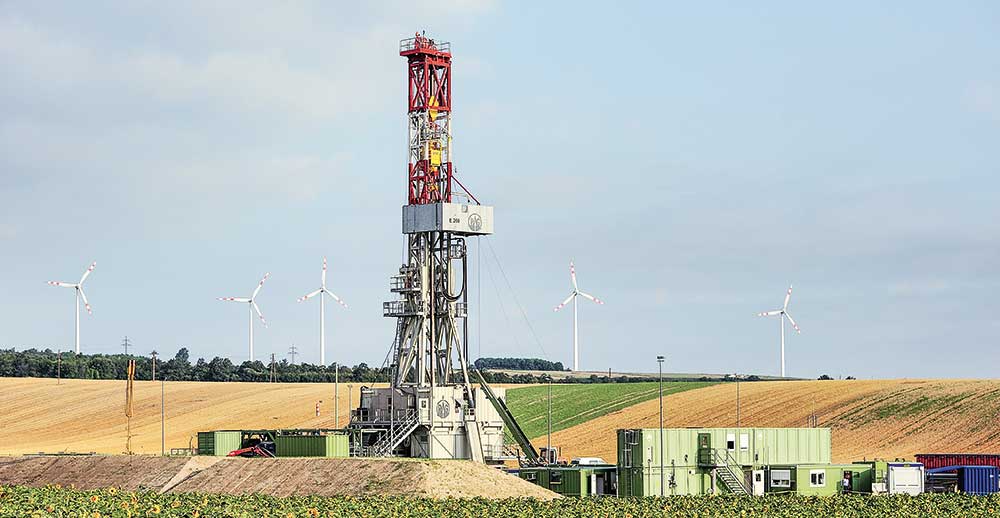Austrian firms kick starts EUR50 million geothermal project in Germany
Austrian RAG and Strabag, developers of the Garching geothermal project in Bavaria/ Germany are kicking off development with an expected drilling start in February/ March 2018.
Following years of discussions and talk about a geothermal project in Garching in Bavaria, Germany, things are finally kicking off, as reported locally.
The Austrian companies RAG and Strabag, as we reported before, have taken over the project and are now investing more than EUR 50 million ($60 million) for this geothermal project with a primary goal of power generation, but also geothermal district heating.
The managers of the RAG and Strabag subsidiary Silenos Energy GmbH have set the target to get the plant operating for 33 months. At the end of this period, a geothermal power plant will supply electricity in Bruckerholz near Garching (County of Altötting). The planned power generation capacity is 3.5 MW, as well as 6.2 MW thermal for heat production.
In a meeting this week for the municipal council, Silenos CEO Oliver Friedländer reports on next steps.
According to the RAG employee, the parent conglomerates sees its experience as a key ingredient to project success. Contrary to previous project planners, who were the fastest in Garching and Kirchweidach as well as in other locations in the region, the crude oil prospecting company (RAG) has 80 years of experience in the drilling business look back. In addition, Strabag’s know-how in plant engineering will also be an important factor.
The project, which according to Friedländer “costs a good average double-digit million amount”, is to be financed from own resources, without borrowed capital. Already now, the Brucker timber is being re-erected, and the construction site will be set up in about two weeks. In February or March 2018 the first drilling could begin, and the second one three months later. With the findings gained, the companies want to go into the planning for a power plant.
Source: PNP


















